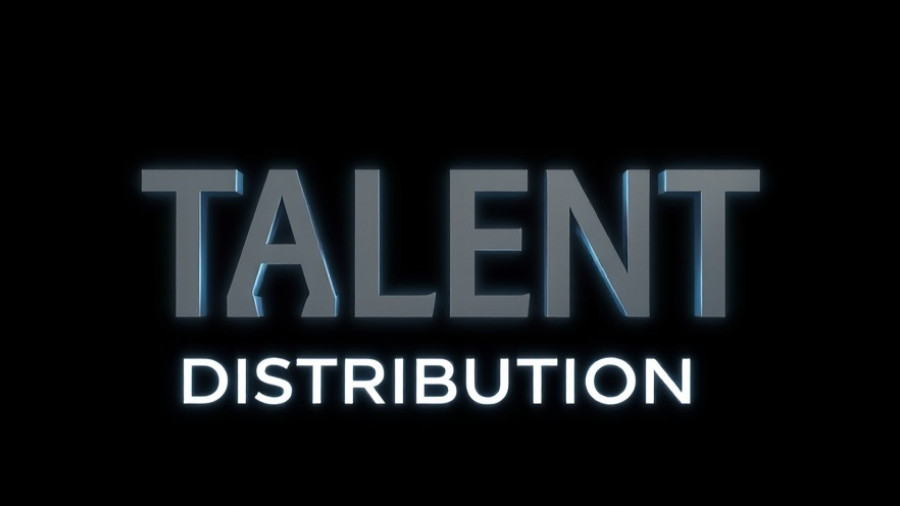
AI's Role in Shaping the Future of Work
While many believe that AI will serve as an equalizer in the workforce, the reality appears more complex. New insights from experts such as Paul Roetzer, the CEO of the Marketing AI Institute, indicate that AI is actually widening the gap between top performers and average employees. This growing divide is creating new challenges and necessitating a reevaluation of hiring practices, employee training, and company culture.
Understanding the Widening Talent Gap
According to the commentary published in The Wall Street Journal by researcher Matthew Call, top performers—including star consultants—are leveraging AI to enhance their already impressive capabilities. By asking nuanced questions and utilizing their extensive experience, they are able to extract high-quality insights from AI, thereby increasing their productivity and effectiveness. For example, instead of asking AI for basic market analysis, an experienced consultant might dive deeper, exploring competitive dynamics and barriers, which yields more actionable insights.
This capability allows them to pull away from their peers who may not possess the same depth of knowledge or skill, inadvertently creating a tougher competitive landscape. Roetzer warns that this could lead to rising workplace tensions as underperforming employees—those who do not maximize AI's potential—become increasingly frustrated with the pace of their higher-achieving colleagues.
Are Average Performers Being Left Behind?
Interestingly, a study from Harvard Business School suggested the opposite effect, positing that AI could boost average employees' capabilities significantly while only incrementally improving top performers. However, Roetzer remains skeptical of this view. He suggests that many average employees might not harness AI effectively, opting instead for shortcuts rather than fully engaging with the technology.
Preparing for Workplace Friction and Conflict
The divide between the A-players and other employees is not just a theoretical problem; it poses real organizational risks. As top performers become more efficient, they may become frustrated with coworkers who struggle to match their productivity, creating a two-tiered workplace system. This friction can lead to decreased morale and increased turnover, ultimately jeopardizing company culture and collaboration.
Redefining Hiring Practices in a Tech-driven Environment
The widening talent gap is prompting leaders to rethink their hiring strategies. Roetzer emphasizes the need to recruit generalists—individuals who are adaptable, curious, and critical thinkers—rather than relying solely on specialists. By providing these generalists with advanced AI tools, companies can foster a culture of innovation and problem-solving that transcends departmental boundaries. This shift may very well represent the future playbook for hiring in an increasingly competitive landscape.
The Path Ahead: Embracing Change and Innovation
As AI continues to shape organizational dynamics, it is imperative for leaders to focus on strategies that promote equity and adaptability. Companies must not only equip employees with the tools necessary to navigate AI but also ensure that they invest in a supportive culture that encourages continuous learning and development. By doing so, organizations can harness the power of AI while minimizing the risks of division and frustration among employees.
 Add Row
Add Row  Add
Add 




Write A Comment